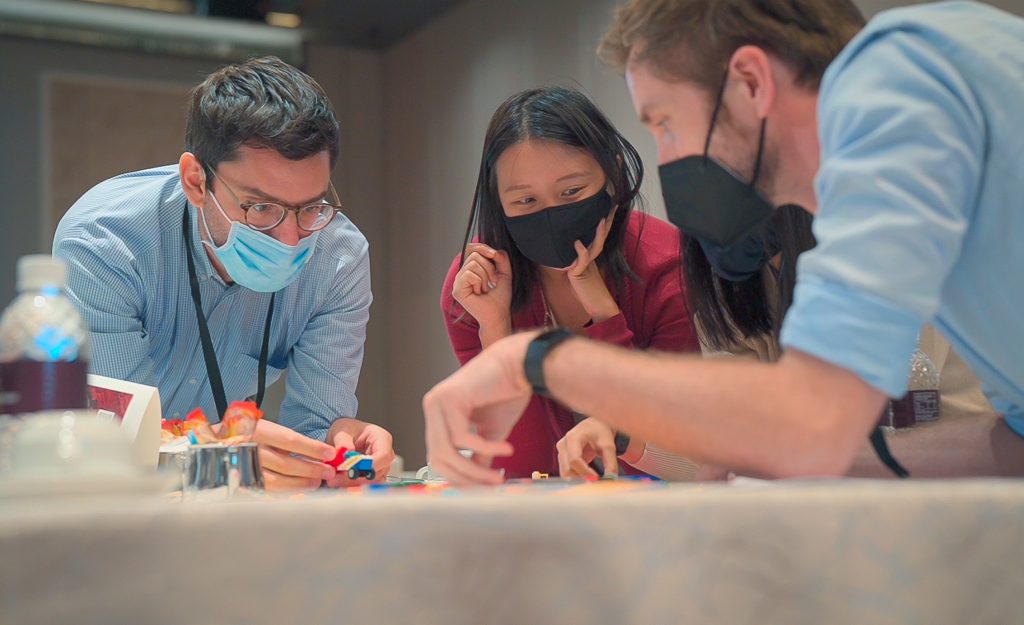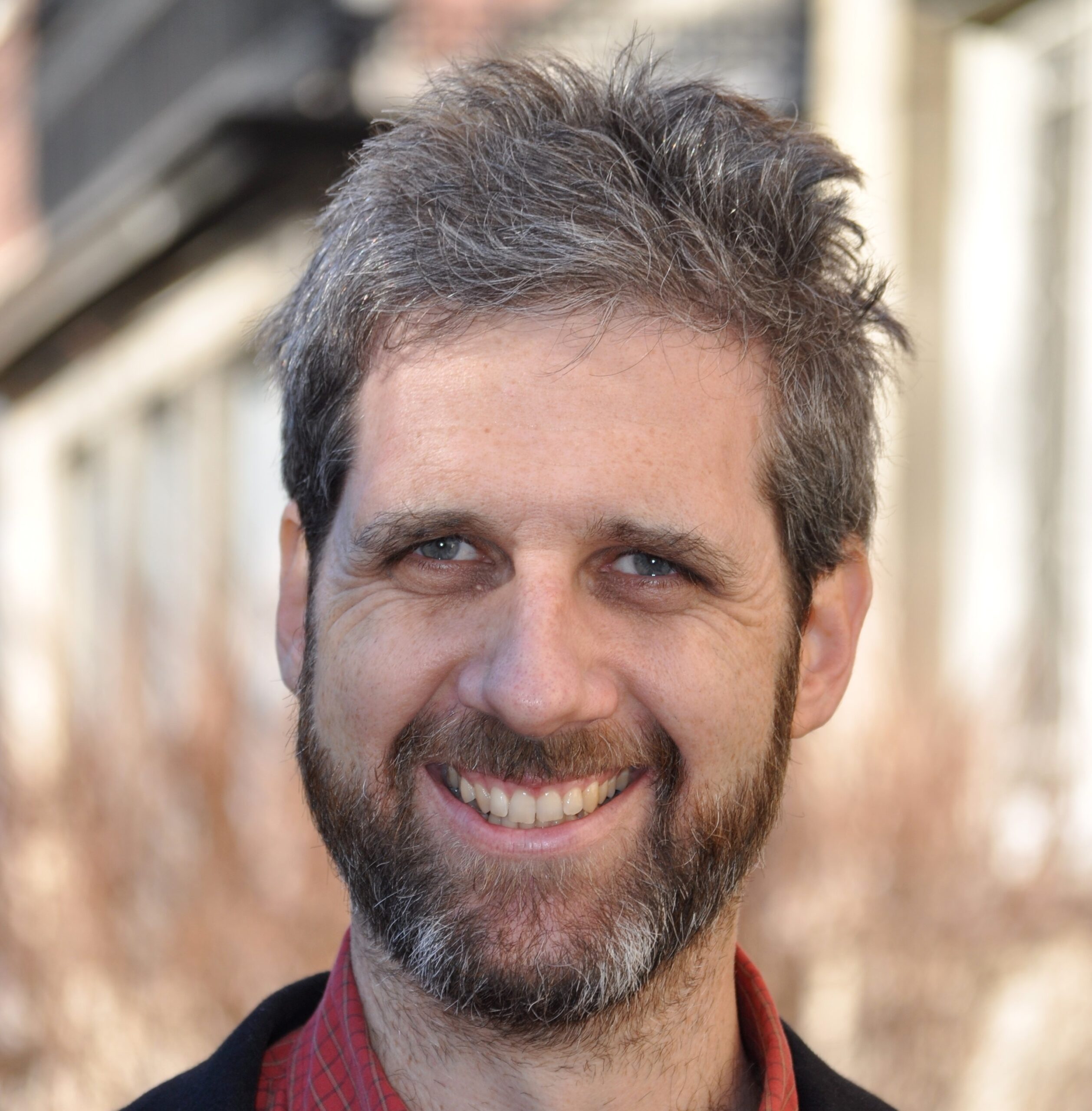As threats like COVID-19 and climate change sweep our communities, effective communication could spell the difference between mass destruction and staying out of harm’s way. However, in an increasingly crowded media space, useful risk information could easily be buried amid the static and noise.
Accordingly, risk communicators are finding it harder to engage users who may be overwhelmed by too much data with little relevance to their perceptions. When dealing with a public bombarded by a deluge of misinformation, distilling key ideas in disaster-related messaging could be the much-needed gamechanger for making critical decisions about our ever-evolving circumstances.
To bridge these gaps, the Understanding Risk (UR) Asia 2021 conference has returned to the region for the second time, tapping on experts and practitioners from Asia to exchange insights and best practices on disaster-related communication. The event—co-organised by the Lloyd’s Register Foundation Institute for the Public Understanding of Risk (IPUR) and the World Bank—was simultaneously held virtually and in-person at Orchard Hotel, Singapore last December 2-3, 2021.
There were over 1,000 virtual participants from about 50 countries. A total of 31 sessions were organised and featured about 100 speakers. IPUR and the World Bank had the pleasure of partnering with over 25 organisations to run the conference and discuss how effective disaster risk communication can help build trust within communities and lead to more resilient societies in Asia.
Empowering decisions with information
Amid various creative avenues to get one’s message across, communication falls along a spectrum between informing and persuading. Understanding this distinction is vital to useful and trustworthy risk communication, noted Dr Alex Freeman, Executive Director of the Winton Centre for Risk and Evidence Communication at the University of Cambridge.
“What’s important to us is not the decisions that people make, but how informed they felt and what they felt about the messaging,” she emphasised in her keynote address. “It’s important for people to notice that we are trustworthy, particularly those who have negative views about what we might be communicating about.”
Persuasive messaging has its own time and place—like an evacuation order in the midst of an emergency—to urge immediate action. But for Freeman, risk communication needs to take a balanced and informative approach. By laying out the potential benefits, risks and uncertainties, communicators can equip the audience with relevant information while ultimately leaving the choice in their hands.
“If we give people the information they need in a trustworthy way, then we can trust them in return to make up their own mind about it,” Dr Freeman concluded.


Sowing the seeds of trust
Diverse groups have different ways of assessing risk, with some more risk-averse owing to past experiences or lack of access to information. To earn their trust and engage with them effectively, Vaccine Confidence Project Founding Director Dr Heidi Larson and Asia lead Dr Leesa Lin stressed the importance of listening to public sentiment during an interactive plenary session titled “From Science to Society via Trust.”
“We want to hear what their perception of risk is, so that we can tailor the nature of our communication to what their needs are and work with local trusted figures in the community,” Larson explained.
Meanwhile, for Prof David Chan from Singapore Management University, establishing trust in institutions like the government involves three domains: competence, or the perceived capabilities of the institution; integrity, or how truthful the communicator appears; and benevolence, or whether the audience believes the institution acts for good.
Similarly, Dr Lin and colleagues found that trusted messengers helped drive vaccine confidence and uptake in Asian countries. By regularly monitoring public attitudes, scientists and policymakers can identify factors underlying low acceptance, providing instant feedback to guide timely and contextualised interventions.
Popular media also has a role to play in framing risk communication, with Wildtype Media Group Editorial Director Dr Julian Tang highlighting the need to allow the public greater insight into the scientific process.
“Scientists want to extend the impact of their work,” he said. “Nothing can be as effective as having daily visibility—building up that trust, likeability and relatability—to increase the chances of people listening to the science.”
Celebrating normality
Throughout history, society has innovated strategies to build resilience against present and potential threats. By meticulously putting in place measures to protect against and respond to hazards, communities are better equipped to prevent and recover from disasters.
Much disaster mitigation work, however, has remained invisible by the very nature of their success. Because of their devastating consequences, failed risk management strategies often receive the most attention. But in a world with ever-increasing threats, nothing happening is extraordinary.
Capping off the conference, UR and the Disaster Analytics for Society Lab (DASL) at Nanyang Technological University Singapore co-launched the Averted Disaster Award. The prize aims to shed light on these often overlooked disaster mitigation efforts, celebrating urgent work that allows ordinary days to pass by without a hitch.
“It’s important to highlight the averted disasters because those are the ones that we need to learn from. We need to emulate, adapt and scale them,” said DASL head Asst Prof David Lallemant. “By acknowledging these interventions, we can incentivize more investment in disaster mitigation.”
Through strong partnerships among innovators, researchers, governments and the public, society can collectively gain a deeper understanding of risk and take appropriate action to avert catastrophes. From reducing vulnerabilities to augmenting recovery plans, effective disaster risk management interventions prepare communities for the worst of times—so they can function, thrive and build back better.
Nominations for the Averted Disaster Award are now open to recognise successful disaster mitigation efforts. To learn more about the prize and how you can support disaster risk management initiatives, visit https://averteddisasteraward.org/.
All content including the five Focus Day sessions on 1 December will be made available on the GFDRR YouTube channel and in the UR website.
The full session summary report is available here.
This article was also featured on Asian Scientist.


